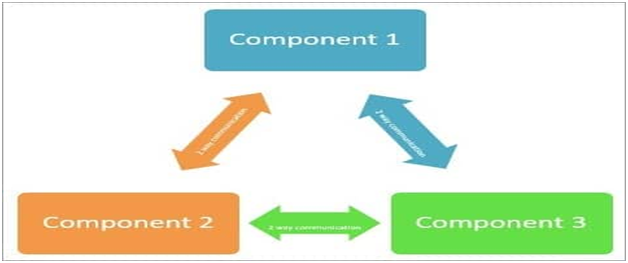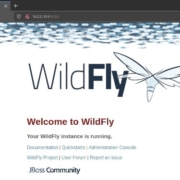Apache Tomcat is an open-source application server maintained by the Apache community. It is one of the most popular solutions for hosting Java applications due to its ease of use and lightweight yet versatile functionality. However, if you run the projects based on Jakarta EE 8 (or higher), you may be interested to use the TomEE server with built-in required enterprise technology that isn’t found in Tomcat.
Due to the extreme popularity of these stacks globally and within Jelastic PaaS in particular, we’ve decided to share the tips on how to install automatically clustered Tomcat and TomEE servers to get a highly available solution that can efficiently serve a large number of users, process high traffic, and be reliable.
Source de l’article sur DZONE







